Praying Mantids
ENTFACT-703: Praying Mantids | Download PDF
by Gary Watkins, Student, and Ric Bessin, Extension Specialist
University of Kentucky College of Agriculture
Although many refer to a member of this group as a ‘praying mantis,' mantis refers to the genus Mantis. Only some praying mantids belong to the genus Mantis. Mantid refers to the entire group.
Mantids are very efficient and deadly predators that capture and eat a wide variety of insects and other small prey. They have a "neck" that allows the head to rotate 180 degrees while waiting for a meal to wander by. Camouflage coloration allows mantids to blend in with the background as they sit on twigs and stems waiting to ambush prey.
The two front legs of the mantids are highly specialized. When hunting mantids assume a "praying" position, folding the legs under their head. They use the front legs to strike out and capture their prey. Long sharp spines on the upper insides of these legs allow them to hold to on their prey. The impaled prey is held firmly in place while being eaten. The spines fit into a groove on the lower parts of the leg when not in use.
There are three species of mantids in Kentucky, the European mantid (Mantis religiosa), Carolina mantid (Stagmomantis carolina), and Chinese Mantid (Tenodera aridifolia sinensis). The smaller, dusty brown Carolina mantid is only about 2 inches long when full grown, that is, when it has wings.
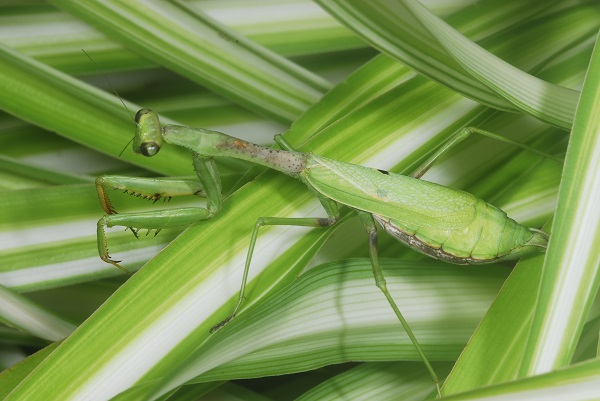
Figure 1. European preying mantis female.
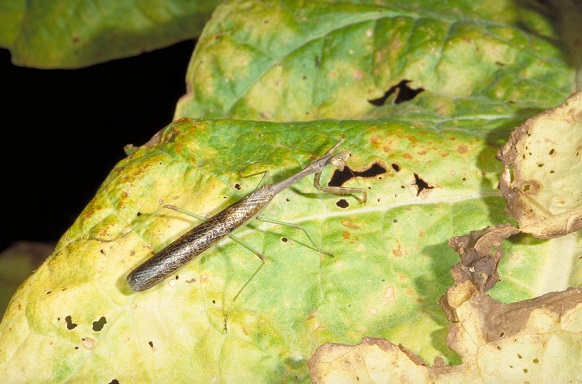
Figure 2. male Carolina preying mantis.
The pale green European mantid is intermediate in size, about 3 inches in length. The large (3 to 5 inches long) Chinese mantid is green and light brown. The Carolina mantid is a native insect. The European and Chinese species were introduced in the northeast about 75 years ago as garden predators in hopes of controlling the native insect pest populations.
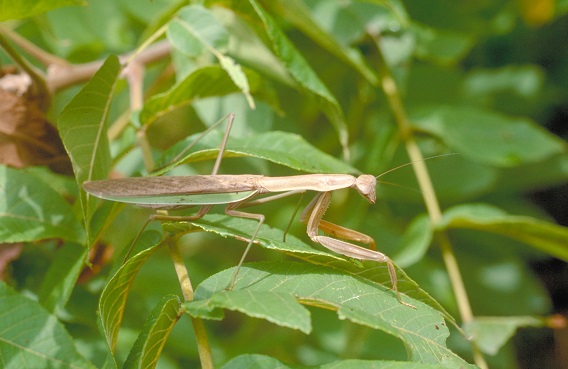
Figure 3. Chinese mantis is the largest species in Kentucky.
During mating the smaller male often jumps on the back of the larger female. Miscalculating the jump may mean the male becomes a meal. If the jump was successful, the pair mate and during copulation the female may turn and devour the male's head. The body of the male is capable of completing the mating, when complete the female will finish eating the male.
After mating, the female will lay groups of 12-400 eggs in a frothy liquid that turns to a hard protective shell. This is how these insects survive the winter. Small mantids emerge from this case in the spring. Often, the first meal is a sibling. It takes an entire summer or growing season for mantids to mature to adulthood. The Kentucky mantids have only one generation per year.
Praying mantids have an association with many diverse pharmacological and religious beliefs. The Greeks called them "Mantes", which means prophets. The Chinese write of the mantis as curing anything from impotence to goiter. They believed that roasting the egg cases and feeding them to your children will stop bed wetting, but suggested not eating the egg cases on an empty stomach for it will surely make a person sick. These myths are interesting but there have been no findings to support the ancient claims.
Raising Mantids
Mantids are relatively easy to raise in captivity from an egg case (ootheca) collected in the fall.
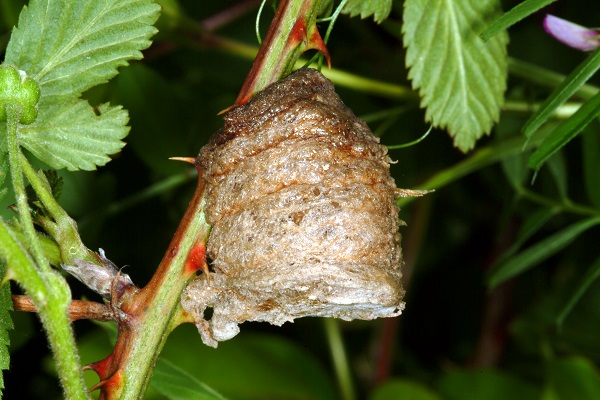
Figure 4. An egg mass (ootheca) of the Chinese mantis.
This makes an excellent classroom activity. Keep in mind that mantid egg cases collected in the fall and kept indoors will hatch during the winter months whether you are prepared for them or not. From a single ootheca, several dozen to hundreds of nymphs can emerge. Mantids need a warm, (70 to 90 degrees F) spacious container with the humidity between 40 and 95%. A ten-gallon terrarium works nicely.
The young mantids will eat many different types of insects that are about their own size or smaller. They can eat their siblings when food is scarce as they are cannibalistic. Fruit flies, pinhead crickets, and other small insects are excellent food for young nymphs. As the nymphs increase in size, larger prey can be provided.
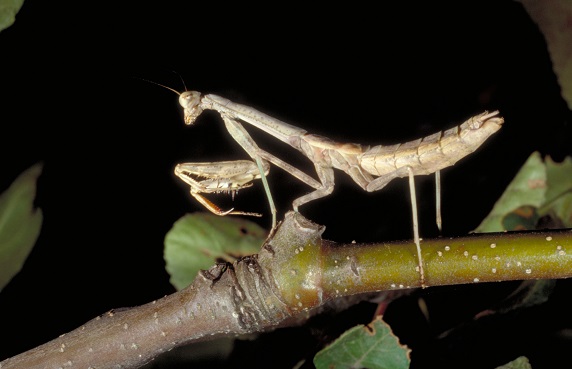
Figure 5. A Carolina mantis nymph.
Mantids are good examples of insects that have gradual metamorphosis. As they grow, the wings develop on their backs. With each molt the wing buds increase in size. When the wings are fully developed, the mantid has become an adult.
Using Mantids for Pest Control
Often when home gardeners think of natural pest control, mantids come to mind. They are common in Kentucky and each mantid can consume many insects. Mantids are available commercially and egg cases can be purchased during the winter months. The egg cases are placed in the garden and the nymphs hatch in the spring when insect prey is available. While mantids are clearly beneficial, their overall value is relatively small compared with lady beetles and green lacewings. This is due to their cannibalistic nature which limits the number of mantids in an area. Placing large numbers of egg cases may not increase the population due to the fact that mantids tend to move away to find suitable coverage and food sources.
Some insecticides can drastically reduce the numbers of mantids in the garden. Selective insecticides, such as those containing Bacillus thuringiensis (for caterpillar control) and insecticidal soap (to control soft-bodied insect pests) have little impact on mantids as compared to broad-spectrum insecticides. If you want to encourage mantids, you should limit pesticide use and allow some vegetation to grow to provide cover for the mantids.
Revised: 8/22
CAUTION! Pesticide recommendations in this publication are registered for use in Kentucky, USA ONLY! The use of some products may not be legal in your state or country. Please check with your local county agent or regulatory official before using any pesticide mentioned in this publication.
Of course, ALWAYS READ AND FOLLOW LABEL DIRECTIONS FOR SAFE USE OF ANY PESTICIDE!
Images: Ric Bessin, University of Kentucky Entomology.
